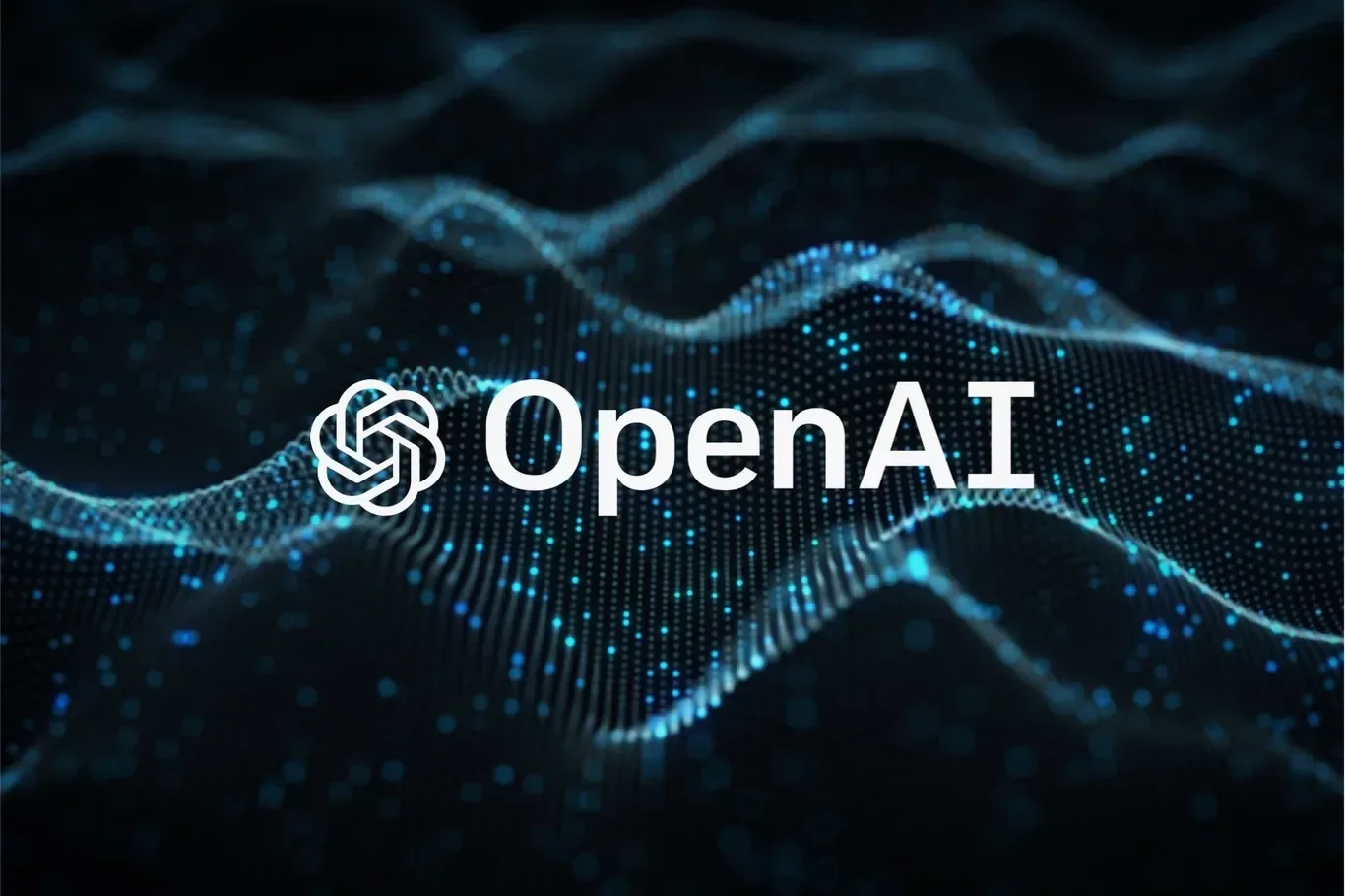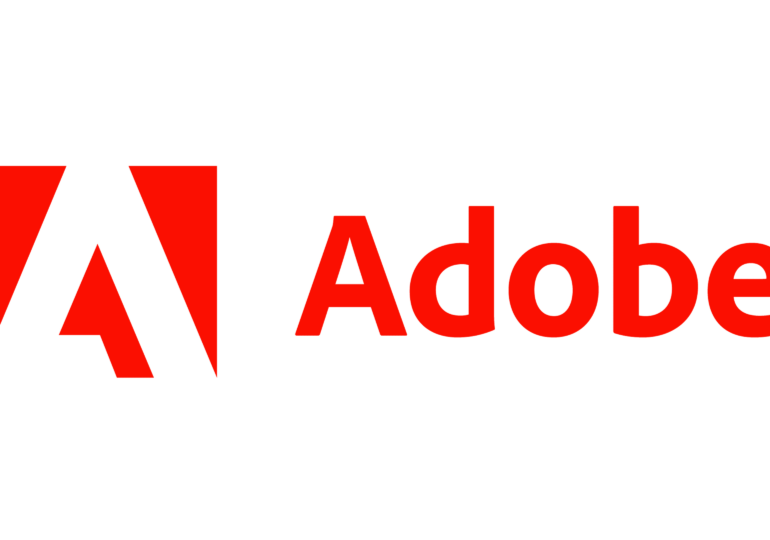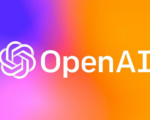OpenAI Releases Text-to-Video AI Model “Sora” for ChatGPT Plus and Pro Users

OpenAI has officially launched “Sora,” its advanced text-to-video artificial intelligence model, for ChatGPT Plus and Pro users, signaling a significant expansion into multimodal AI technologies. The model, which generates videos from text descriptions, is seen as a direct competitor to similar offerings from Meta, Google, and Stability AI’s Stable Video Diffusion.
Initially introduced in February 2023 during a limited research preview phase, Sora is now accessible as Sora Turbo at no additional cost to eligible users. In a blog post, OpenAI revealed plans to implement tailored pricing for different user types starting early next year.
With Sora, users can create videos of up to 20 seconds in 1080p resolution across widescreen, vertical, or square aspect ratios. However, its availability is geographically restricted; it will not be accessible in EU countries, the UK, or Switzerland at launch, though users in other regions where ChatGPT operates will have access.
Safety Measures and Restrictions
OpenAI emphasized its commitment to preventing misuse of the technology. Sora will block the creation and upload of harmful content, including child sexual abuse material and explicit deepfakes. The company also plans to roll out features allowing uploads of people cautiously, refining its safeguards against deepfake misuse as adoption grows.
Targeting Competitors in the Multimodal AI Space
Sora’s release comes as OpenAI steps up competition with industry players like Meta, Alphabet (Google), and Stability AI, which have also launched text-to-video solutions. Microsoft, OpenAI’s primary backer, is expected to integrate these advanced capabilities into its ecosystem, bolstering its position in the generative AI market.
The launch of Sora reflects OpenAI’s ambition to remain at the forefront of generative AI innovations, catering to both creative and professional use cases while addressing the ethical challenges of the technology.



















